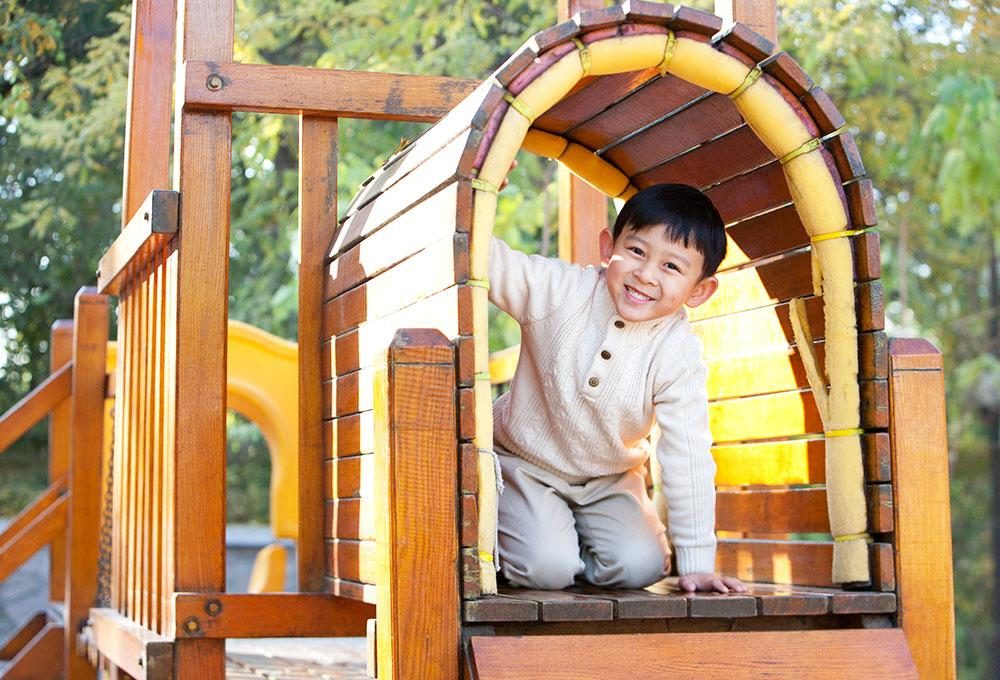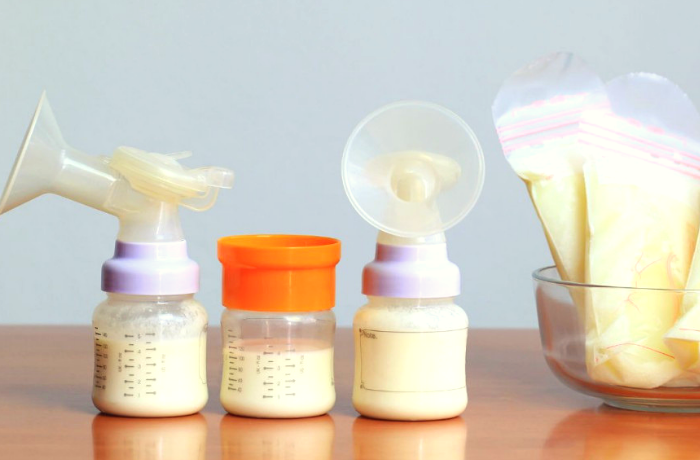Playground Safety for Preschools
by on 07/08/2022 ...

As an early childhood educator, you know outdoor play is integral to children’s development, physical health and overall well-being. You are also very well aware of the potential dangers associated with outdoor play, especially when those little curious explorers just seem to like to test their physical limits – it’s part of growing up. Even though it’s inevitable that children will trip or fall or scrape their knee, you do want to be vigilant in preventing any serious life-threatening injuries.
According to the Playground Safety Association of Malaysia, up to 3,000 children aged between 5 to 9 years injure themselves at the playground every 3 months, with playground surfacing materials being reported as the most commonly identified cause. That’s approximately 33 children sent to the hospital every day. While not a staggering statistic, no parent wants to be informed that his/her child got hurt at school. Thus, it’s important to make yourself aware of the possible risks when preparing a safe environment for the children in your care to play outside.

Playground Safety Tips
Here are some pointers to avoid preventable playground injuries:
Supervision of children
-
Children should always be actively supervised while playing outdoors.
-
Ensure children are dressed appropriately, i.e., no clothing with drawstrings or necklaces that could pose as a strangulation hazard, no loose clothing such as pant legs that they can trip on, no flip flops or shoes with laces, etc.
-
Ensure children know the rules to playing safe at the playground, e.g., never go down the slide headfirst, no pushing, waiting turns, no throwing sand or rocks, etc.
-
Look out for children who are shoving, fighting, crowding around playground equipment, etc.

Safety of playground features
-
Ensure equipment are age appropriate.
-
Equipment should not be higher than 8 feet, and if they are, there should be guardrails installed (approximately 38 inches high).
-
There should be impact-absorbing surfacing materials, such as rubber mats, synthetic turf, sand (10 inches deep) or wood chips (12 inches deep), beneath and surrounding the equipment (6 feet in the equipment’s perimeter).
-
Make sure there are no protruding bolts or nuts, wet slippery surfaces, as well as other exposed surface elevations like tree stumps, etc.
-
Spaces should be between 3.5 inches to 9 inches wide to prevent children’s heads from getting stuck.

Playground maintenance
-
Ensure that the outdoor environment and playground equipment are well-maintained and thoroughly sanitised at all times.
-
Inspect to make sure there are no worn or missing parts, jagged edges or sharp points, or deteriorated materials, etc.
-
Do not allow children to use the equipment until they are in safe condition.
Smart Tip!
Educate children about the playground safety rules beforehand. Teachers may do so through flashcards, photographs, or quiz the children with random questions before they go out to play each time.





























